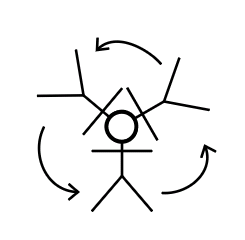Spinlocks live among us. We see them on duty, in uniform, and greet them by name. When we interact, they show a badge and leave a receipt for the time they eroded from our working day. Or so we’d like to think.

When looking at the 2016 SOS_RWLock, we came across the one-bit spinlock buried within its Count member. Since it protects a very simple wait structure, someone evidently made the decision that it is cheap enough to spin aggressively until acquired, with no backoff logic. This suggests that a low degree of spinlock contention is anticipated, either because few threads are expected to try and acquire the lock simultaneously or because the amount of business to be done while holding the lock is very light and likely to finish quickly.
Continue reading “The Latch Files 2: The spinlock that dares not speak its name”
